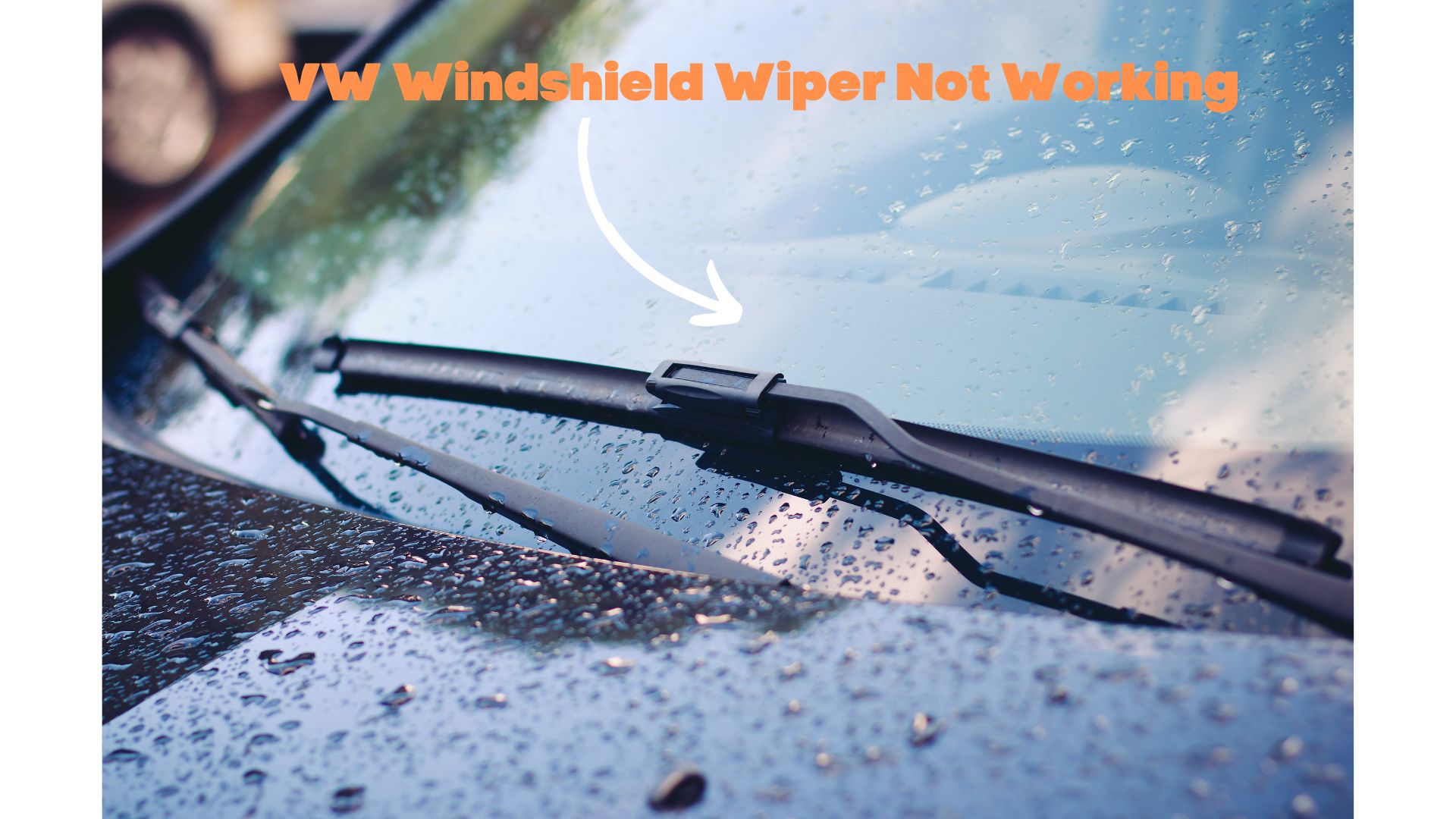Windshield wipers are not a luxury. They are a safety tool. You need them to maintain proper visibility during rain and snow. Therefore, VW windshield wipers that don’t work should scare you. The following factors can affect a windshield wiper’s functions and operations:
1). The Wipers Are Damaged
What do you mean the windshield wipers are not working? Do you mean the wipers are moving, but the windscreen is still dirty? In that case, the wiper’s primary body is damaged. The plastic components and rubber attachments are torn.
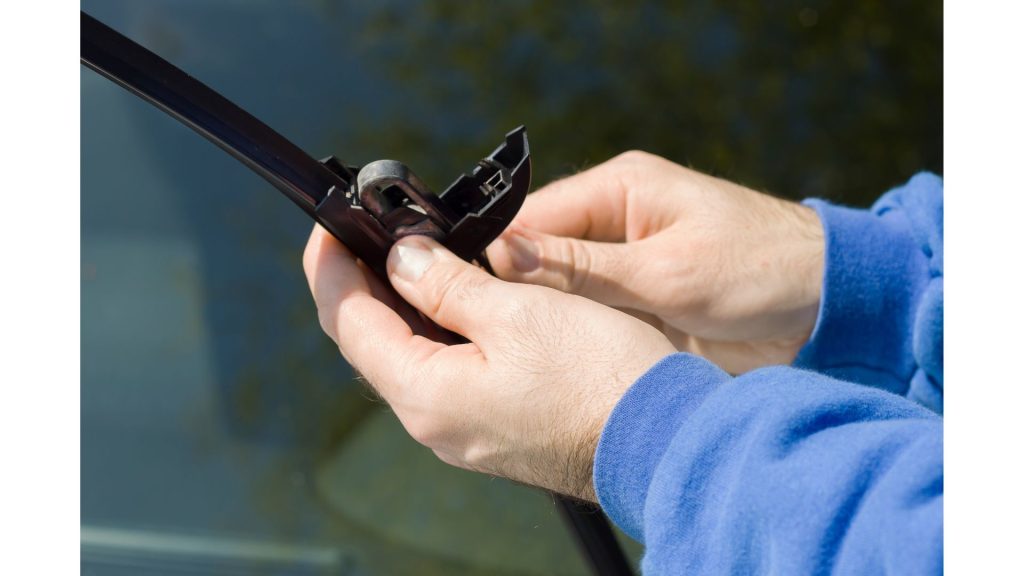
As a result, the wipers cannot remove the dirt and debris on the windshield. In some cases, they will leave scratches on the glass, making visibility worse. If you only have one damaged arm, the wipers will work, but the windscreen won’t be as clean and clear as you prefer. Don’t be surprised if you hear screeching noises when the wipers move.
You can damage wipers by using them in terrible weather. For instance, if you live in an area with a reputation for heavy snow and ice, consider buying stronger windshield wipers.
2). You Have A Blown Fuse
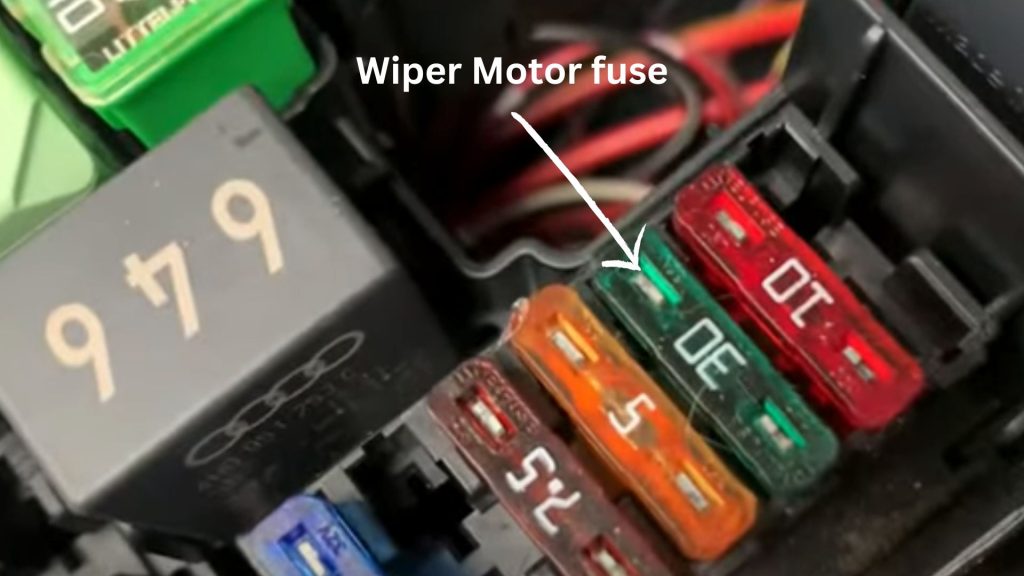
The work a wiper does is strenuous. Sometimes, the fuse overloads and blows. Use the manual to find the fuse box and locate the wiper fuse. An inspection will confirm this theory.
3). The Wipers Are Frozen To The Windshield
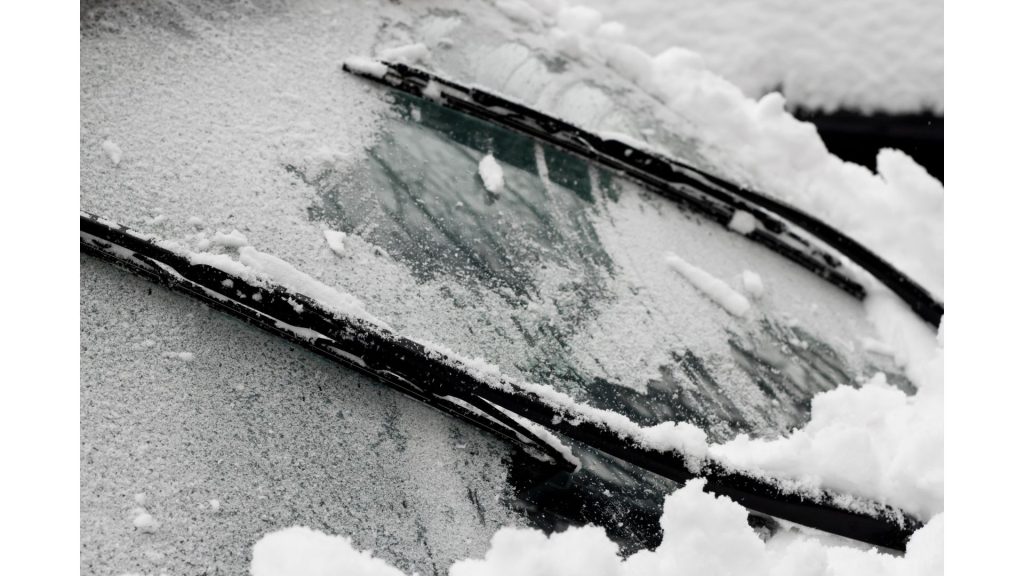
Windshield wipers are sturdy. However, they are also small and lightweight. Heavy snow and freezing temperatures can freeze them to the windshield. Once this happens, they won’t move regardless of what you do unless you first thaw them. They are not strong enough to break free on their own.
Or maybe the wipers are not necessarily frozen. Instead, they are covered in ice and snow. In other words, they are stuck under the weight and can’t move until you remove the snow.
4). The Wipers Are Loose
You have two problems in this case. The first is a scenario where you install the wipers without fastening them properly. This will impede their functions. The second is a scenario where the nuts in the wiper pivot come loose. The nuts keep the wiper assembly together.
5). The Pulse Board Has Failed
Check your manual to identify the location of this circuit board. Manufacturers typically position it under the hood. Once you rule out the use, the pulse board is the next component to check. You may require an expert to inspect it to determine whether it needs repairs or replacement.
6). The Motor Has Failed
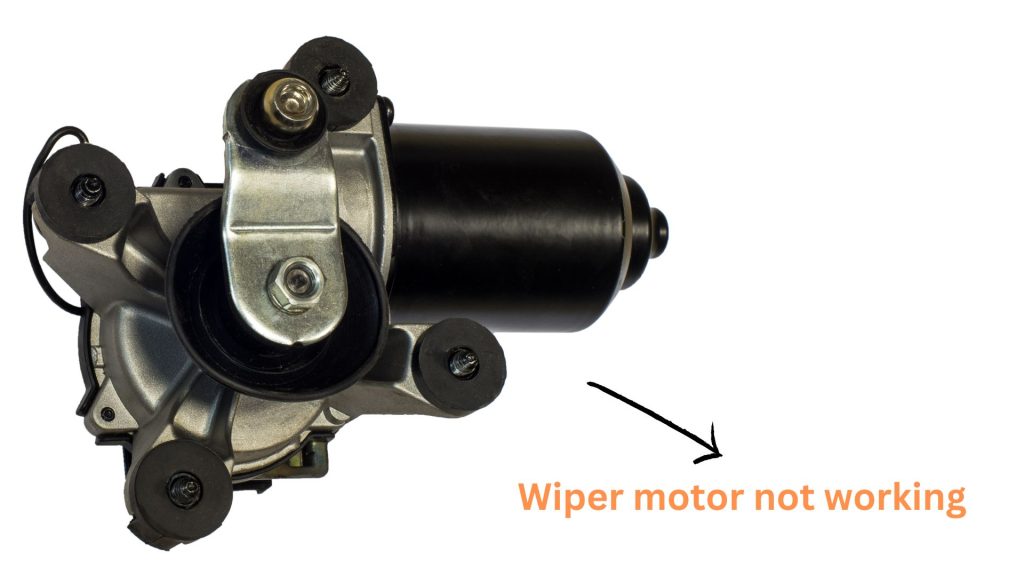
The wipers might make a visible attempt to move when the motor fails. But they won’t budge. In the worse cases, the wipers won’t move at all. Motors are tricky. You must determine whether they require basic maintenance or costly repairs.
It is also worth noting that motors will fail as they age. The longer you’ve had the car, the higher the chance of a motor failing permanently.
7). The Control Switch Has Failed
If you’ve inspected the wipers, fuses, and control boards, and they seem okay, consider the control switch. This is the switch that turns the wipers on and off. You can’t activate or deactivate the wipers once the control switch fails.
8). The Wiper Relay Is Damaged
The wiper relay communicates with the module that operates the motor. You can tell that it has failed because the wipers will run at one speed. This is the speed of the last signal the relay sent.
Because the defective relay has restricted the volume of power going to the motor, you will hear mechanical whining. The FatMech discourages consumers from ignoring this problem. Otherwise, the wipers will stop working altogether.
9). The Bonnet Is Not Closed Properly
In some models (like the VW Polo), the wipers won’t work unless you close the bonnet. If the bonnet is closed, but the wipers are still inactive, the car has a faulty sensor. It thinks the closed bonnet is open.
Does Resetting Fix The issue? How To Reset It?
The resetting procedure is somewhat complicated, especially for people without mechanical experience. It involves the following:
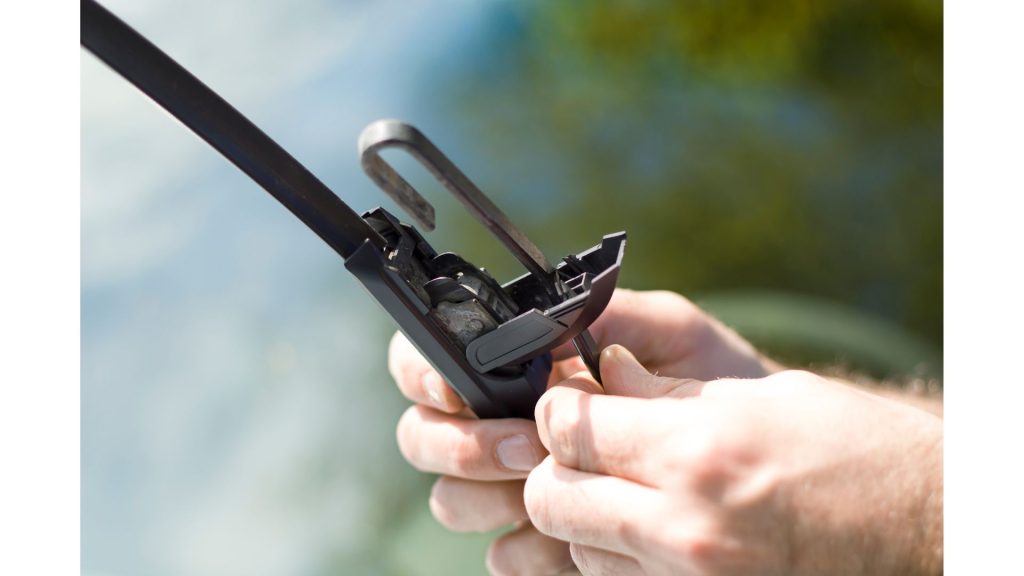
- Remove the plastic cover that hides the wipers when they are at rest. It sits between the hood and windshield.
- Find the nut that connects the wiper arm to the motor and remove it.
- Reposition the wiper blades.
- Put the central nut back and turn the wipers on to test them.
As you can see, the purpose of a reset is to remove the wipers and manually reposition them. This helps if the wipers are poorly calibrated or even loose. But it won’t solve any of the serious issues noted above. Therefore, you shouldn’t rely on a reset to fix VW windshield wipers that don’t work.
If Resetting Doesn’t Fix the Issue, How Do You Fix It?
1). If the fuse blows, find and replace it. Make sure the new fuse has the correct amperage. Fuses are cheap. A few dollars will get you dozens of fuses, maybe more. But you should take a moment to determine why the old fuse blew. Was it the excess current or a malfunction in the attached devices?
2). You should replace a dead pulse board. A new one will cost you as much as $100.
3). Replace a defective control switch. Ask VW for a recommendation. A cheaper third-party duplicate won’t work properly. And if it works, you can’t trust it to stand the test of time.
4). Replace a defective motor. Some motors are easy to replace. Others are located in challenging locations. The manual will educate you accordingly. You can get a new motor for $250 or less.
5). Replace torn or damaged wipers.
6). If the wipers are stuck, remove the ice and snow on the windshield and thaw frozen wipers.
7). Tighten loose pivot nuts.
8). Find and replace torn or worn-out wires.
9). If the bonnet is open, close it. If the bonnet is closed, inspect and replace a faulty sensor.
How To Maintain VW Windshield Wipers For Optimal Performance?
1). Replace the wipers routinely. Most people wait until the wipers stop working, but that is a mistake because they can malfunction during an emergency. Autozone suggests replacing them every six to twelve months.
2). Wipers are supposed to clean the windshield. But the windshield can damage the wipers if you allow the dirt and debris to accumulate on its surface. You can tell that the wipers are straining because they will screech. This is why mechanics encourage drivers to clean their windshields regularly. Get a soft cloth and some water and wipe the dirt away. Don’t use the wipers to keep the windshield clean.
3) Don’t run the wipers when the windshield is dry. Even if the wipers survive the process, you’re more likely to scratch the windshield. Wipers require a wet surface. Your car has a mechanism that sprays the windshield with water. Use it before you activate the wipers. Otherwise, they won’t survive. Don’t forget to top up the washer fluid reservoir.
4). Add a water repellent to the windshield. This simplifies the wiper’s work.
5). Clean the wipers to prevent them from accumulating dust. A dirty wiper will make a noise as it runs across the windshield. Use a soft cloth and water to wash the wiper blades. If snow is falling in your area and the wiper keeps sticking, scrape the snow and ice off. If the car has a defroster, run it.
6). Don’t leave the wipers on when you shut the vehicle down. The wipers will start the next time you start the car. This exerts unnecessary stress on the wipers.
Is It Safe To Drive With Malfunction Windshield Wipers?
No, it isn’t. Wipers maintain visibility by keeping the windshield clear. If the wipers stop working, your visibility will decrease dramatically, especially during rain or snow. As a result, you are more likely to have an accident. For that reason, it is illegal to drive a car without operational windshield wipers in many countries.

